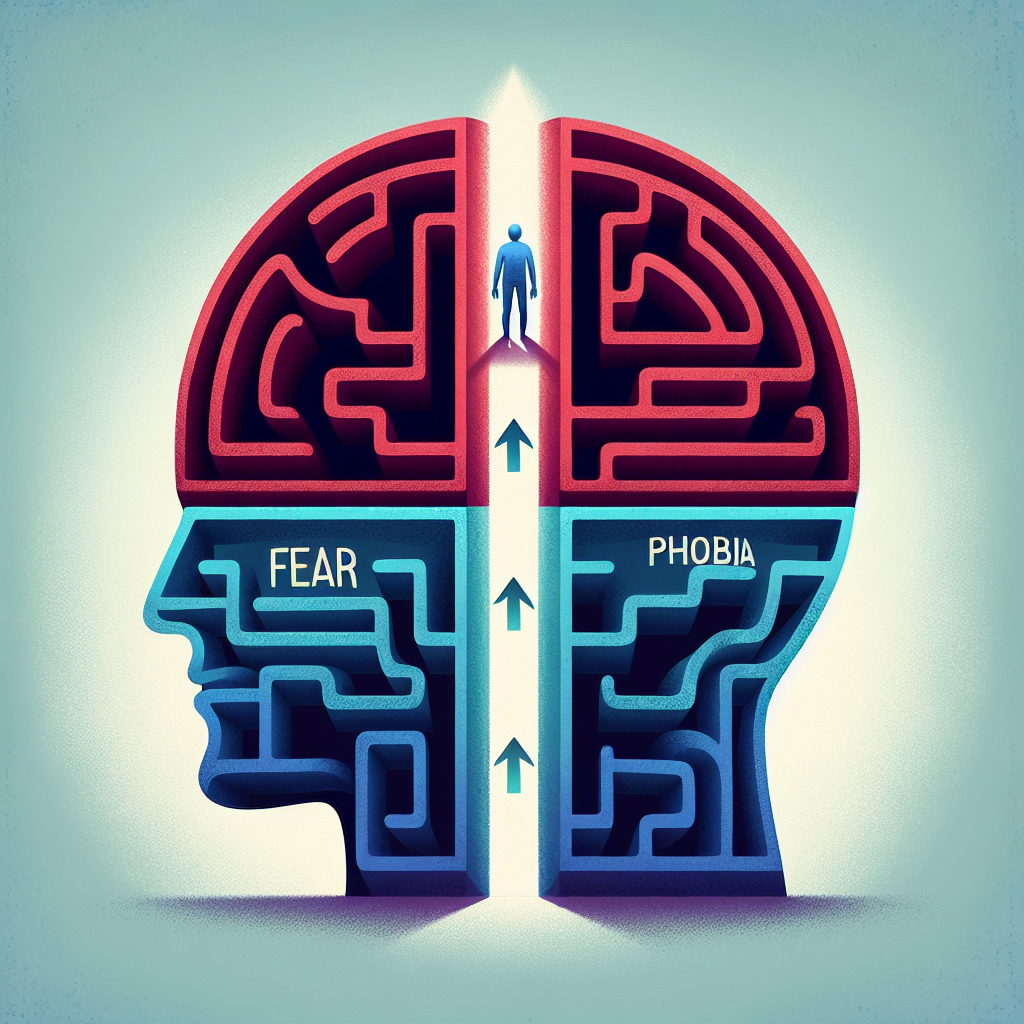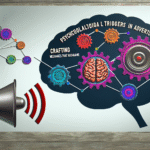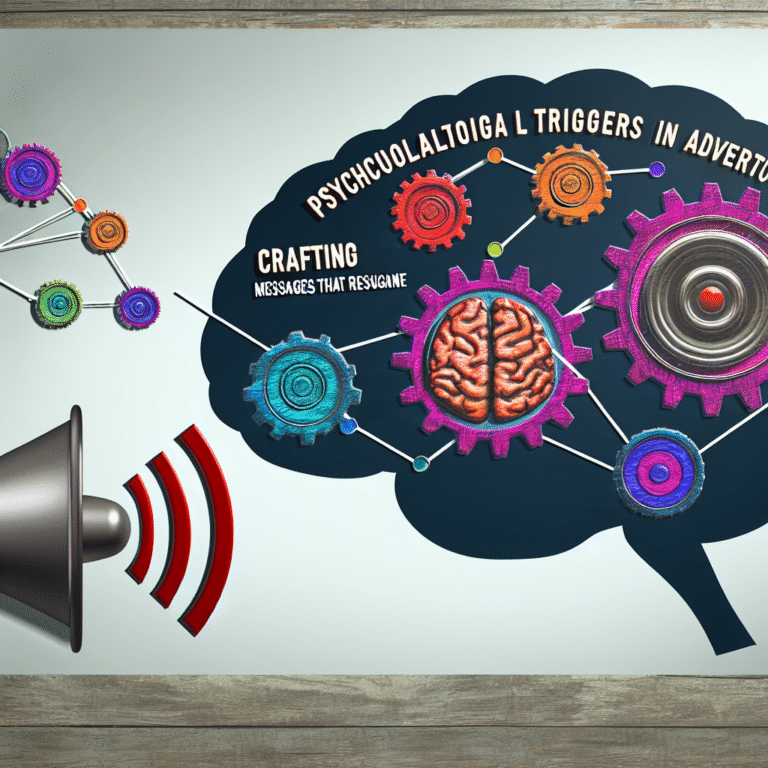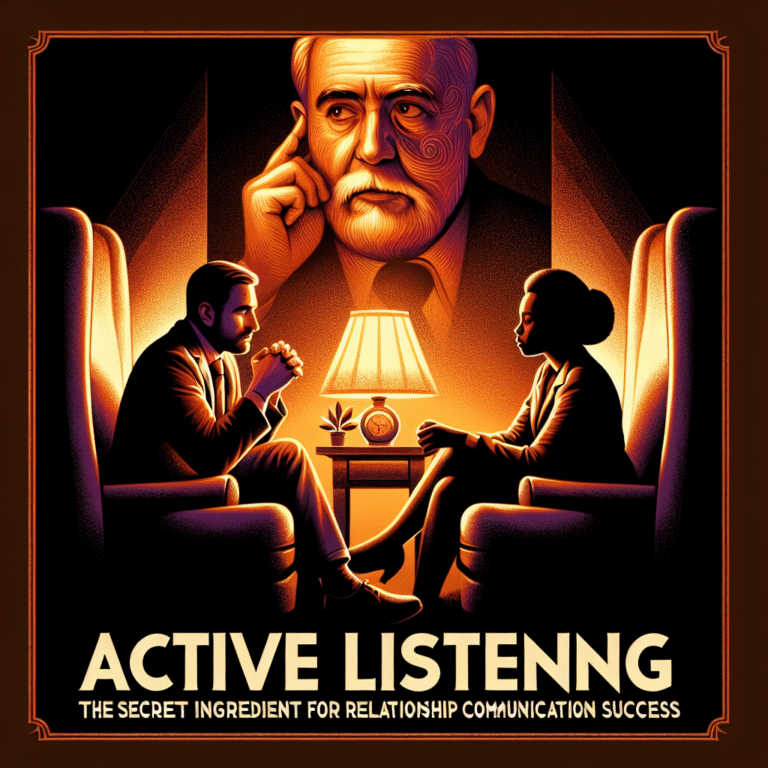
From Panic to Peace: Behavioral Psychology’s Proven Answer to Phobia Management
Introduction
Imagine standing at the edge of a crowded street, your heart racing, palms sweating, breath shallow—completely paralyzed by fear. This is the reality for millions grappling with phobias, where everyday situations can incite overwhelming panic. But what if there were a dependable pathway from these heights of panic to tranquil peace? Behavioral psychology offers powerful strategies that can transform intense fears into manageable emotions. In this article, we will uncover how the principles of behavioral psychology serve as an essential tool for phobia management, empowering individuals to reclaim their lives. Join us as we navigate the journey from panic to peace through actionable insights, engaging case studies, and expert analysis.
Understanding Phobias
What Are Phobias?
Phobias are intense, irrational fears of specific objects, situations, or scenarios that pose little to no real danger. They are categorized generally into three types:
- Specific Phobias: Fears of particular items or situations, such as spiders (arachnophobia) or heights (acrophobia).
- Social Phobia: Fear of social interactions or public speaking that can severely inhibit personal and professional life.
- Agoraphobia: The fear of being in situations where escape might be difficult, leading to significant lifestyle limitations.
The Impact of Phobias
Phobias can lead to substantial disruptions in daily life, impacting relationships, careers, and self-esteem. According to the National Institute of Mental Health, approximately 19 million adults in the United States alone experience some form of phobia. The consequences can be profound; individuals often go to great lengths to avoid triggers, which can lead to isolation, anxiety, and depression.
The Role of Behavioral Psychology in Phobia Management
Behavioral psychology focuses on understanding and changing behaviors through reinforcement and conditioning. In phobia management, it employs various therapeutic techniques aimed at desensitization and skill-building.
From Panic to Peace: The Techniques
Exposure Therapy:
- What It Is: A core component in phobia treatments, exposure therapy gradually exposes individuals to their feared stimulus in a controlled environment, diminishing their fear through acclimatization.
- Case Study: Consider Sarah, who had a crippling fear of flying. Through gradual exposure—starting with looking at pictures of planes, then visiting an airport—she learned to manage her anxiety, eventually boarding a flight with reduced panic.
Levels of Exposure Activities Level 1 Viewing images of planes Level 2 Visiting an airport Level 3 Boarding a flight Analysis: Sarah’s journey illustrates exposure therapy’s effectiveness, showcasing how gradual steps can significantly lessen anxiety.
Cognitive Behavioral Therapy (CBT):
- What It Is: CBT focuses on changing negative thought patterns that contribute to phobic reactions.
- Case Study: Mike, afraid of public speaking, underwent CBT to recognize and restructure his thoughts about speaking in front of others. By challenging negative beliefs and rehearsing in supportive environments, he transformed his mindset from dread to confidence.
Analysis: Mike’s transformation underscores CBT’s power to shift perceptions, paving the way from panic to peaceful interactions.
Positive Reinforcement:
- What It Is: Reinforcing positive behavior and small successes can encourage continued progress.
- Case Study: Emma, who feared dogs, started volunteering at an animal shelter. Each successful interaction received praise from trainers, gradually replacing her fear with affection for the animals.
Analysis: Implementing positive reinforcement provided Emma with both motivation and a support system, highlighting the collaborative aspect of behavioral techniques in overcoming phobias.
Enhancing Emotional Resilience
Behavioral psychology emphasizes building emotional resilience alongside phobia management strategies. Key components include:
- Mindfulness Techniques: Practices like meditation and deep-breathing exercises equip individuals to remain present during experiences of anxiety, promoting peace and calm.
- Social Support: Engaging friends, family, or support groups during the journey fosters connection and accountability, which are crucial in managing fear.
Evidence Supporting Behavioral Psychology Approaches
Statistics on Efficacy
- Exposure Therapy: Research notes that approximately 90% of individuals experience a marked reduction in fear through exposure practices.
- Cognitive Behavioral Therapy: Meta-analyses indicate that CBT can reduce symptoms of phobias by 60-75%, with significant long-term benefits.
These statistics highlight the pronounced effectiveness of behavioral psychology in facilitating the transition from panic to peace.
Success Stories that Inspire
- James vs. Heights: A man in his 30s defeated acrophobia through a combination of exposure therapy and CBT. His journey became a motivating narrative, prompting others in similar situations to seek help.
- Lisa’s Social Triumph: After years of anxiety surrounding social engagements, Lisa combined behavioral techniques and group therapy. Now, she leads community events—a far cry from her former self.
Actionable Takeaways for Managing Phobias
Simple Strategies to Get Started
- Journal Your Fears: Write down your specific phobias and reflect on instances where they’ve limited your life.
- Set Small Goals: Start with manageable steps toward confronting your fears, celebrating small victories along the way.
- Seek Professional Guidance: Finding a licensed therapist knowledgeable in behavioral psychology can create a structured path to recovery.
Building a Support Network
Connect with others who understand your challenges. Online forums and local support groups can be invaluable spaces for sharing experiences and strategies.
FAQs: Addressing Common Concerns
1. How long does it take to overcome a phobia using behavioral psychology?
The timeline varies, but many individuals see progress within a few months of consistent therapy, especially with exposure or CBT practices.
2. Is medication necessary for phobia management?
While some may benefit from medication for anxiety symptoms, behavioral psychology techniques can be effective on their own for many individuals.
3. Can children have phobias and benefit from these techniques?
Yes, children commonly experience phobias. Parental involvement in behavioral strategies enhances their efficacy in managing childhood fears.
4. What if I relapsed into my phobia?
Relapses can happen; however, acknowledging them as part of the journey can empower you to reassess and apply behavioral techniques as needed.
5. Are there specific techniques effective for different types of phobias?
Yes, techniques can be tailored. For example, social phobias might benefit more from CBT, while specific phobias can succeed with exposure therapy.
Conclusion
Navigating through the turbulence of phobias can seem daunting, but behavioral psychology offers effective, evidence-based pathways that guide individuals from panic to peace. By embracing strategies such as exposure therapy, cognitive behavioral therapy, and the cultivation of emotional resilience, countless people have turned their lives around. The journey may seem long, but each small step taken is a move toward a life free from the limitations imposed by fear.
As you pursue this path, remember: the first step is acknowledging your fears, but the subsequent ones lead you to empowerment. Your story could be the next success that encourages others to seek their peace—let the journey begin today.
With these insights, we hope to inspire readers to take action toward their phobia management, harnessing the profound power of behavioral psychology, and transitioning effectively from panic to peace.














